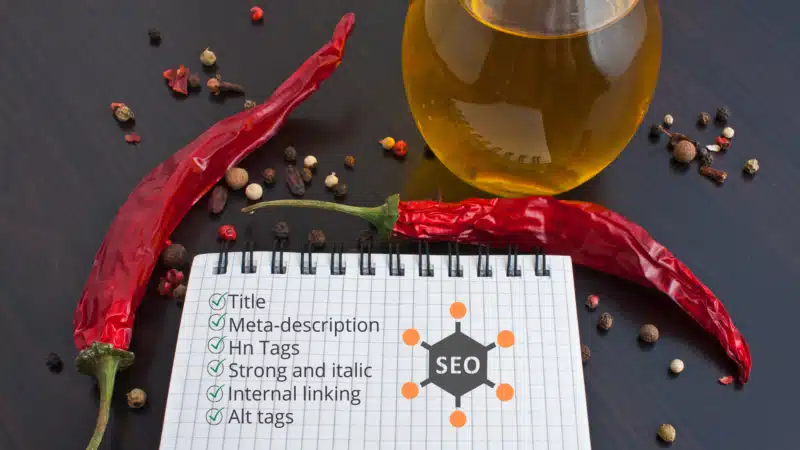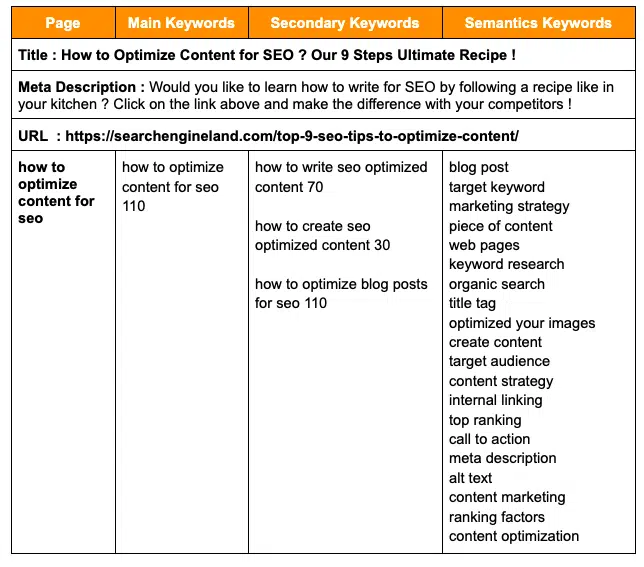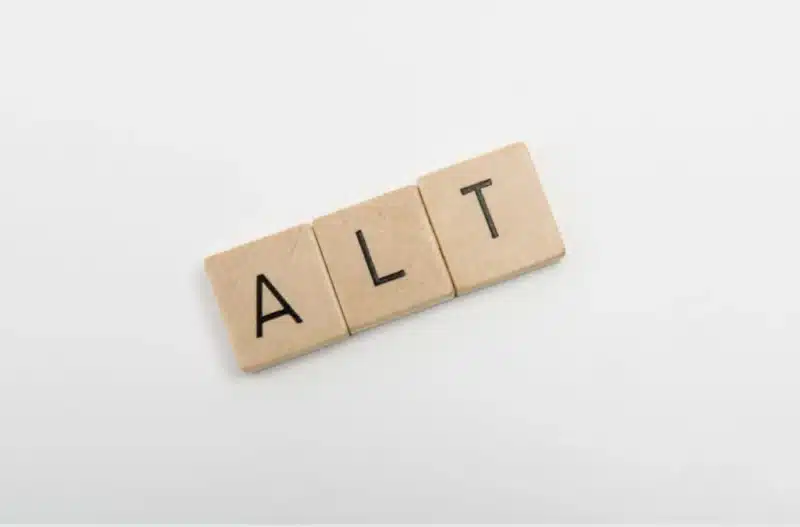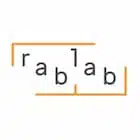The ultimate recipe for writing SEO content
Approach good content as if you were in your kitchen ready to cook up a tasty dish.

It’s been said countless times throughout the years, and we’ll say it again: in SEO, content is king.
The importance of content has never been devalued by Google. However, the importance of quality content tends to become an increasingly important ranking factor.
This is where you tell me “Okay! But what does quality SEO content look like in 2022?“
And I answer you “Let me introduce you to the recipe for good content as if you were in your kitchen ready to cook up a tasty dish”.
1 – Incorporate a reasonable number of keywords into your post
The first step is to select quality keywords that will serve as the foundation of your article. Ideally, get your hands on keywords with good search volumes and a reasonable keyword difficulty. Feel free to target long-tail keywords for shorter-term results.
You can start from a topic that you have in mind by querying search volumes on specific keywords, with a tool such as Semrush. Or you can search for a specific topic by exploring the possibilities with your favorite keyword research tool.
For example, to come to this post idea, I didn’t really do anything original. I simply typed the word “SEO” into my tool.
After five minutes spent filtering the keywords to explore the possibilities, the topic was found.

Once your main query has been found, look for secondary queries to solidify your semantics. By doing research around the query “optimize SEO content,” Semrush returned interesting results to add to my post.
I sorted it out in a nice table that I share with you here:

Once your keyword list is established, integrate them into your post. No need to repeat them at the beginning of each sentence, it would be unproductive. Just make them appear naturally in the important HTML tags of your page, and in the body text.
This will be the best SEO search engine optimization practice.
Finally, keep the keyword density between 2% and 5% of the total word count of your post.
2 – Sprinkle everything with a title – meta description
Now that you have the tools, let’s get cooking.
Before tackling the main content of your post, focus on two of the hottest SEO tags: the title tag, and the meta-description tag.
The idea will be to fill them with your main keywords in compliance with Google guidelines.
Let me give you an overview of the title/meta-description tags of this post to see the correlation with my keyword research.

3 – Structure the post with explicit Hn tags
We are starting to get closer to the heart of the recipe: the content itself!
When I write SEO content, I like to begin my optimizations by outlining Hn tags.
The Hn tags correspond to the titles of the different sections of your text. They are six in total, the most important being the H1 tag, and the least important, the H6 tag.
The H1 tag is generally unique, whereas for the other tags, there may be several. Usually, we tend to use H1, H2, H3, or even H4 tags depending on the importance of the content. The more subparts, the more you can increment your Hn tags. Unless you post a nuclear physics essay online, H5 and H6 are rarely used.
So, here’s how I started to write this article:

Web developer is the best tool if you want to quickly visualize Hn tags structure of any web page
If you look closely, you will find that these Hn tags are made up of a mix between the searched keywords we talked about previously and words that came naturally.
This is the advice that ends this part: optimize your Hn tags with keywords, but make sure that they are relevant for the reader!
4 – Bring back the images with a good dose of alt tags
A good SEO post ideally includes a few images related to your main subject.
Optimize their weight/size, so that the loading speed of your site is not altered. Name your images with a relevant title all in lowercase, avoiding accents, and using “-” to separate words.
And above all, do not neglect your images’ alt tags.
The alt tag is an alternative text that describes an image and is displayed when the image cannot be loaded. The goal is to label your images by inserting one or more relevant keywords in its alt tag.
This tag has a rather weak influence on the search engine ranking algorithm, but it helps solidify the weight of your content if filled in correctly.

Curious to discover the alt tag of this image? Right-click the image, then “inspect element” to discover it!
5 – Season with relevant content
Once your Hn structure has been validated, you have the skeleton of your article! You now have to write the contents of the different parts.
Your goal shouldn’t be to just pile on searched keywords. This technique has not been working for the past 15 years. You must maintain a good balance between the different components of your content, with:
- Researched keywords,
- Rich and informative content, preferably long and relevant (minimum 500 words or more depending on the competition).
In 2022, the average word count varies according to the page type:
- 350 words minimum for product/collection pages,
- 500 words minimum for service pages,
- 700 words and (much) more for blog articles.
The goal: to satisfy the indexing robots and your visitors. They must find the information they are looking for in your content. Give them as many relevant details as possible and lead them to conversion.
This is valid both for a site aimed at generating leads (forms, calls, etc.) and for an ecommerce.
In the case of a lead-gen site, optimize the content of your services/blog/home pages as a priority. For a commercial site, highlight the texts of your category pages and product pages, and of your possible blog posts.
6 – Serve everything accompanied by semantic keywords
keywords help algorithms to better understand the content of your site. They constitute the lexical field of your article.
Taking the current post as an example, if my main keyword is “How to optimize an SEO post?” my semantic relates to everything coming remotely close to this topic:
- Title,
- Meta-description,
- Tags Hn,
- Keywords,
- Number of keywords,
- Alt tag,
- Search engines,
- Interlinks…
All these semantics keywords will help Google better understand the main topic of this article.
Of course, these semantic keywords will have more weight placed in relevant and informative sentences.
7 – Soak your content in a bath of interlinks
In SEO, internal linking is of great importance.
The crawlers follow all the links made between the pages of your site. Apart from your menu/footer, the textual links that you make in your contents are very important. They facilitate indexing and help robots know what your pages are about.
So give them some love!
Avoid, with some exceptions, generic link anchors such as “click here” or “find out more.” Rather, provide an overview of the topic being discussed in the article you are linking to.
8 – Use bold and italic (HTML) to highlight your keywords
The strong tag is a semantic HTML tag. Its function is to signify that the content contained therein is of great importance for the meaning of the text. By default, this tag bolds the words it contains. It also gives them visual importance.
Use it to reinforce the weight of your main and secondary keywords, and your semantics. Avoid putting your keywords in bold every time they appear, to prevent falling into over-optimization. One or two bolding per important keyword is a good ratio.
Same principle for the em (italic) tag, which will rather serve to reinforce the importance of the lexical field linked to your theme.
Namely: do not confuse these tags with the HTML tags <b> (bold) and <i> (italic) which have no semantic weight. Same thing for bolding or italicizing via CSS, which has no weight in SEO.
9 – Keep it fresh and enjoy!
You now have all the cards in hand to effectively write SEO-friendly content.
But I have one last piece of advice for you, and not the least.
While it is true that content that has been optimized for SEO from the start will bring you lasting traffic, the freshness of the content is also important.
Do not hesitate to update your old content regularly, and to publish new content frequently (via a blog, for example). Google loves recent and up-to-date content. This tells them that your site is alive and up to date. Conversely, a site that has never been updated will tend to be less visited by “crawlers,” and therefore to decline in ranking.
Finally, if you need help writing your content, do not hesitate to contact us at Rablab. We can provide semantic optimizations as part of an SEO strategy dedicated to your company. We can also offer you SEM, SMM and programmatic strategies.
Gift: an infographic of what we talked about!

Related stories
New on MarTech
